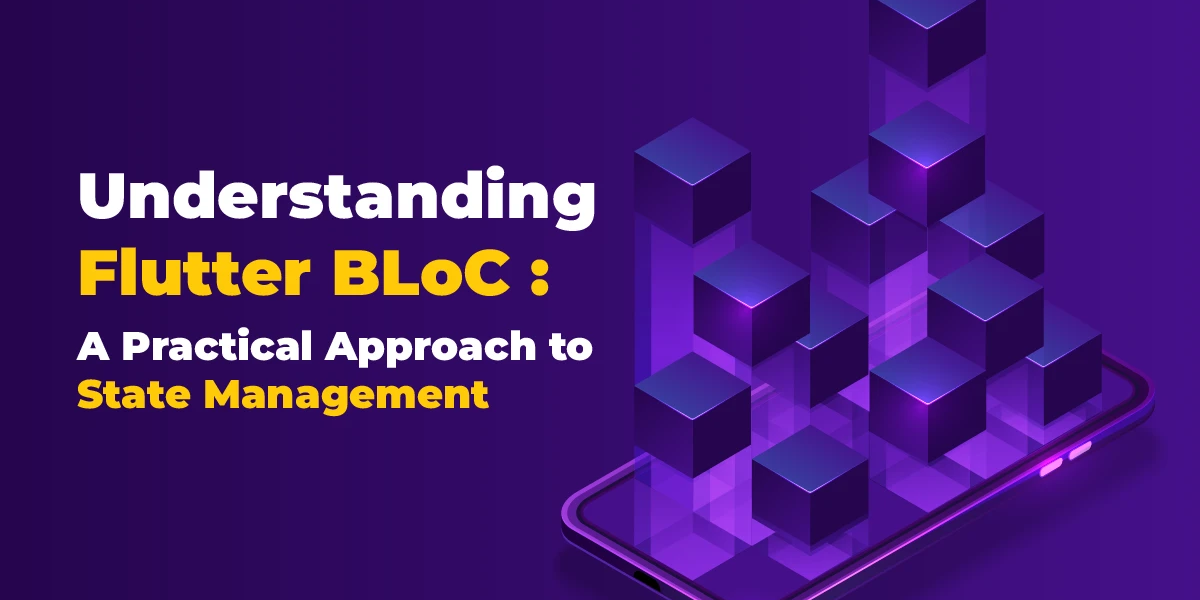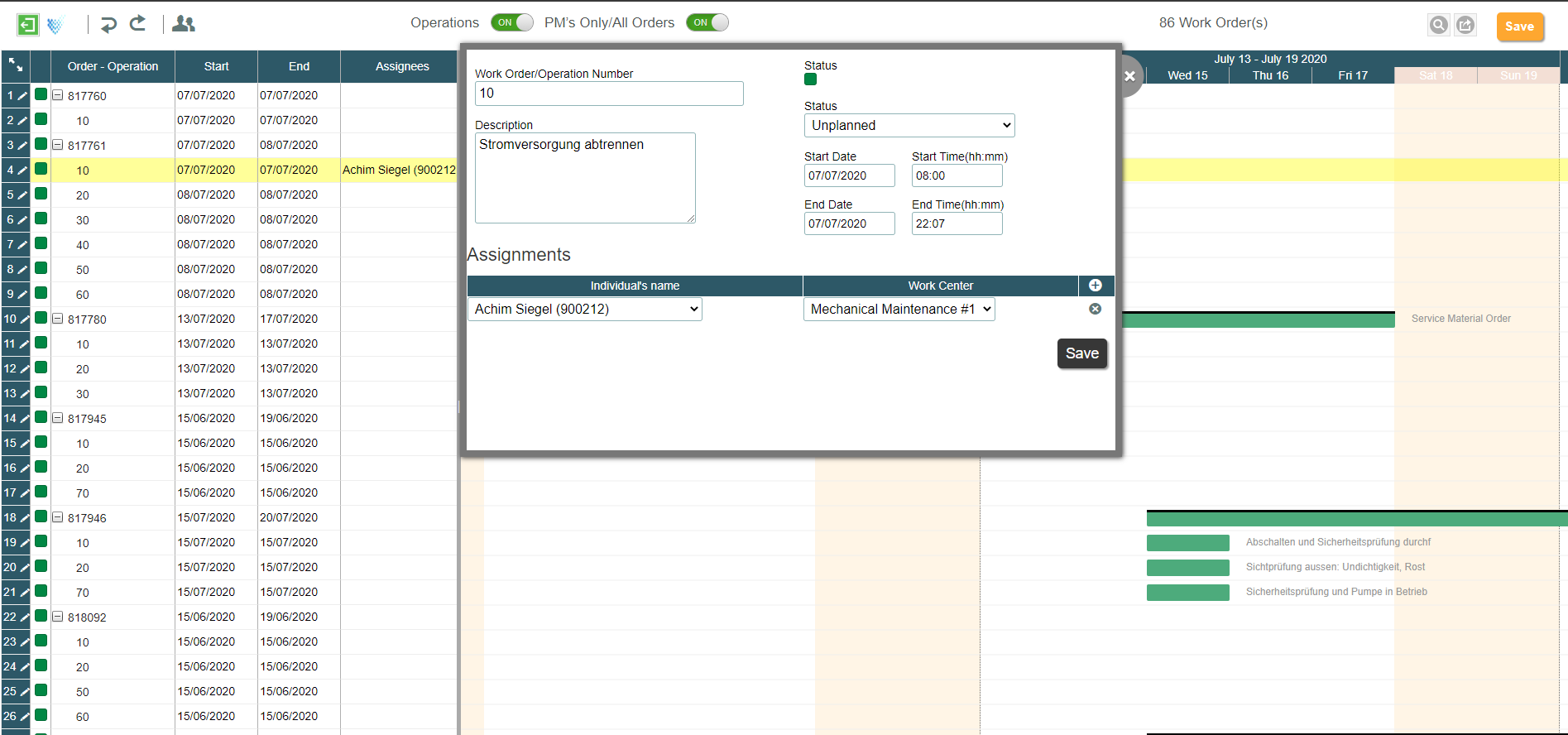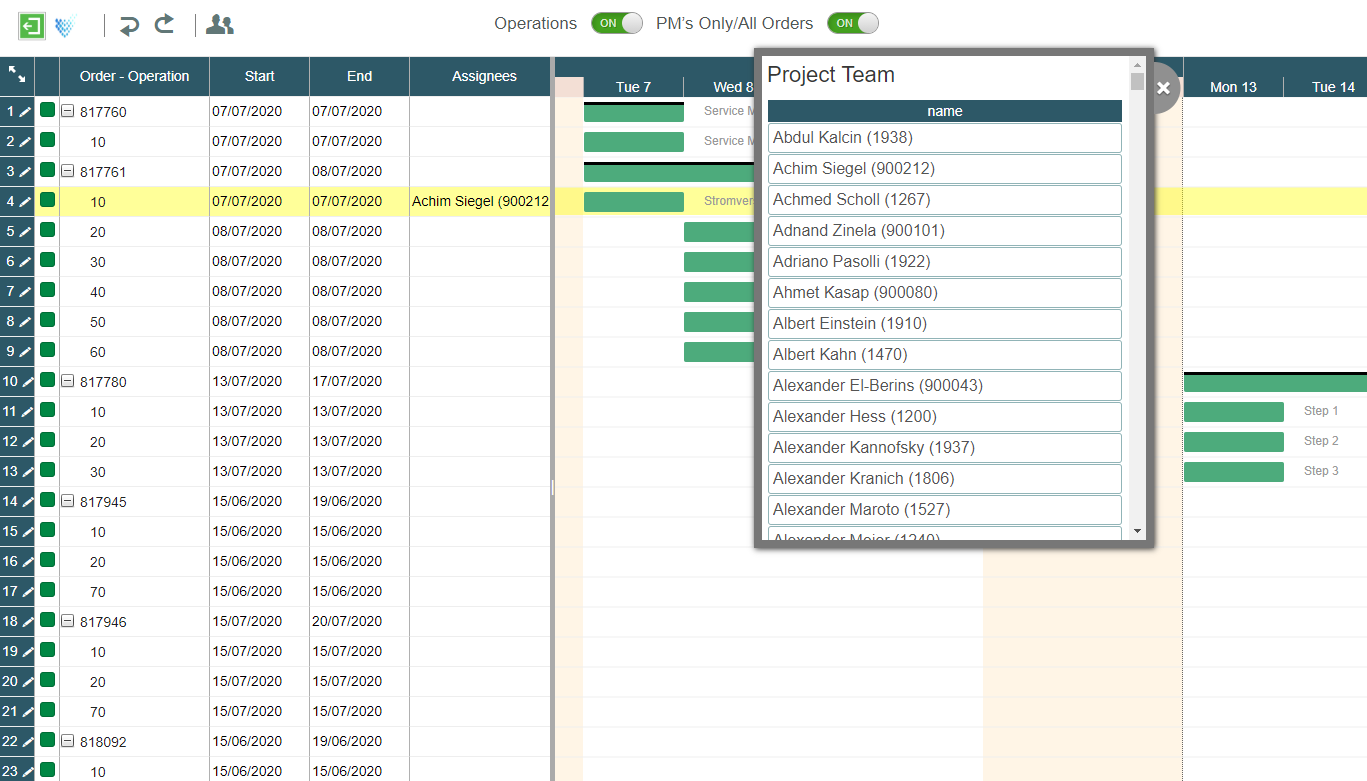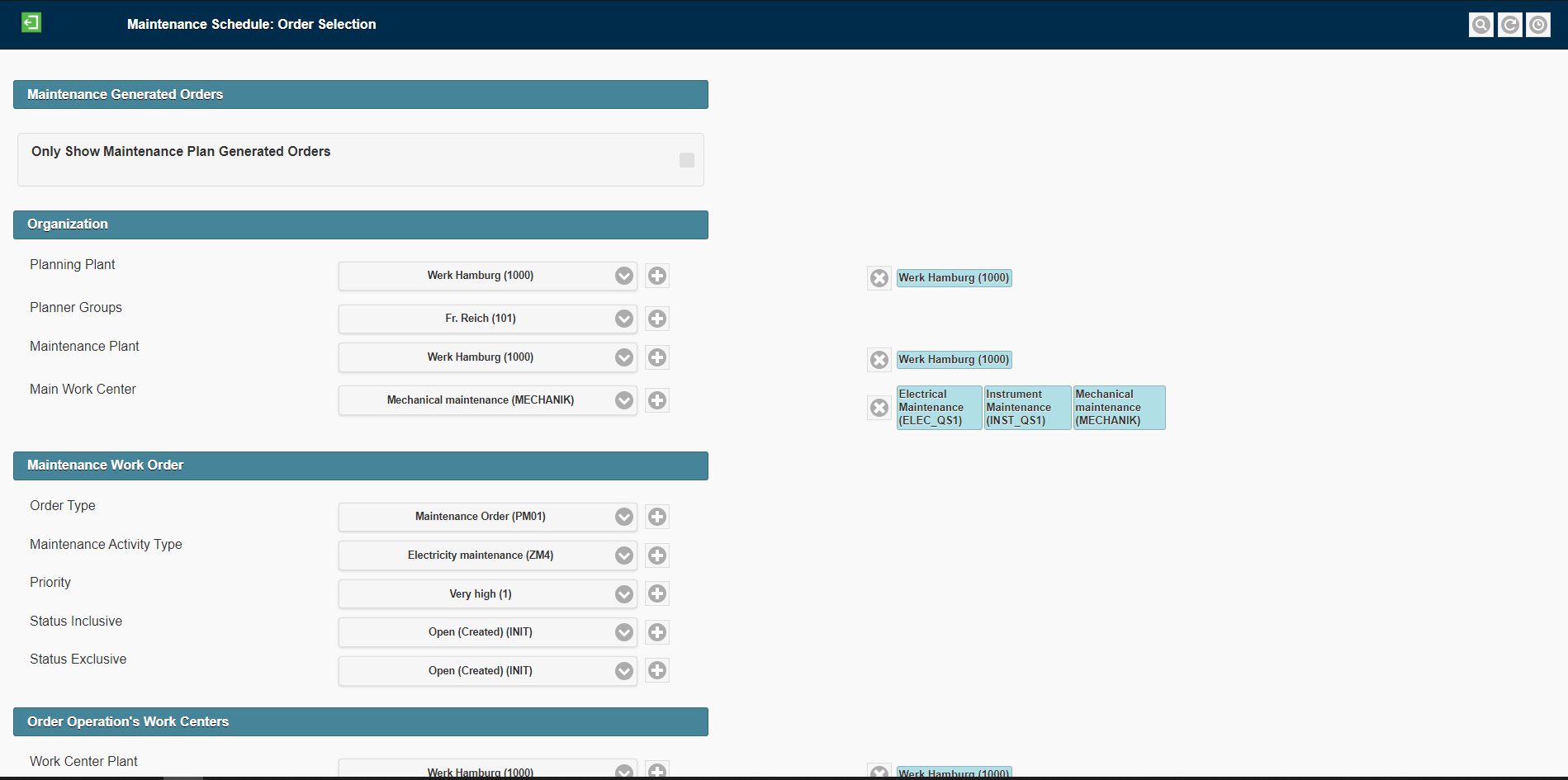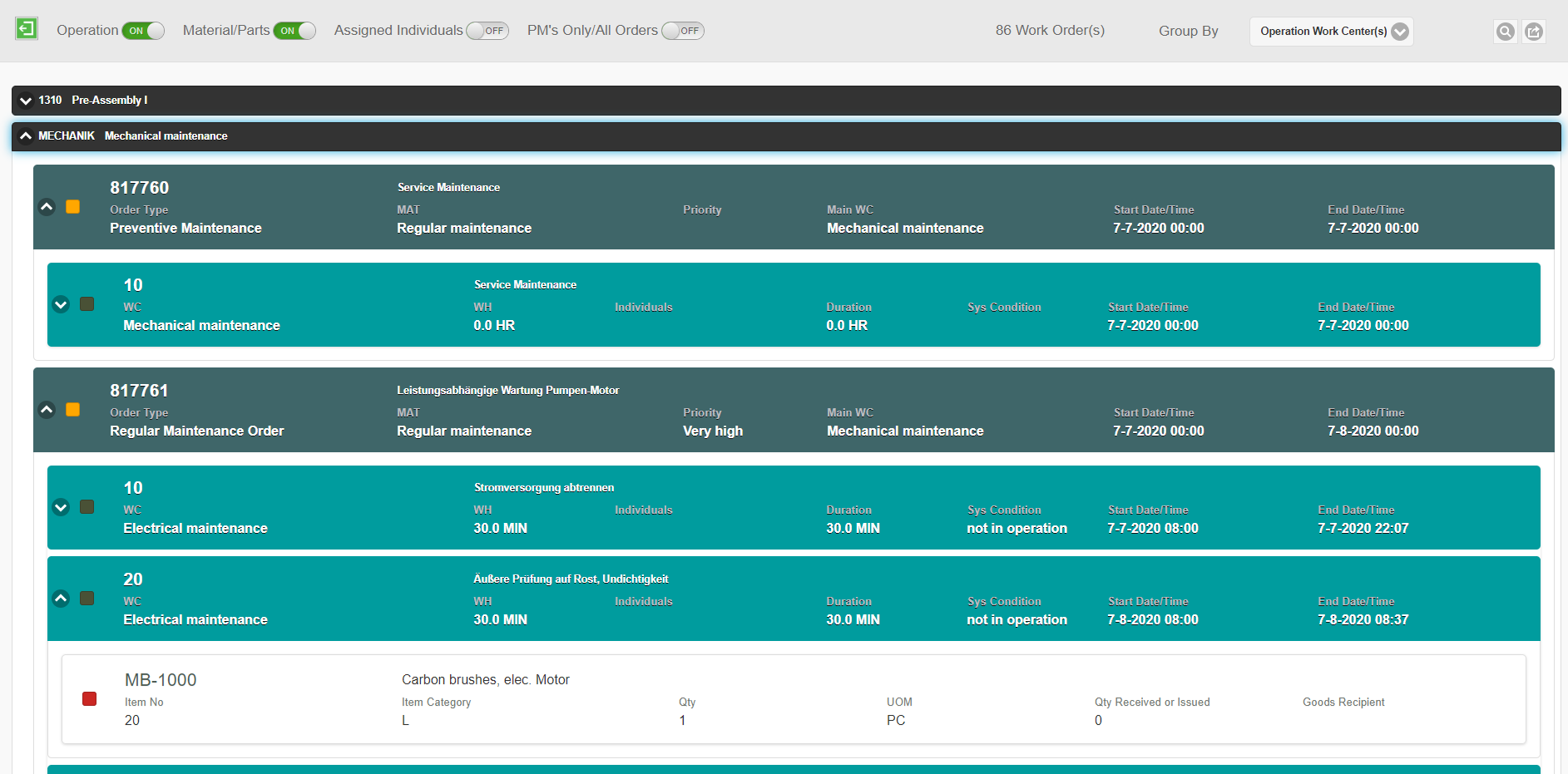Building an app on Flutter can be intimidating at times, particularly when it involves state management. To build an app that is powerful and scalable state management is important and among the various methods BLoC or Business Logic Component pattern stands out.
BLoC is no easy job either. When I started with BLoC it was confusing and felt like I was learning a whole new language with streams, events, states, and so on. But once I understood the basic idea everything fell in place and suddenly life was easier. In this blog i will be sharing with you those concepts that make BLoC worth the effort.
Why BLoC Matters?
Imagine building a simple weather app that provides the current temperature to the user once the open it. The UI updates itself to match the weather report shared. Initially it may seem like as easy option to mis the UI code with the business logic in the same file. But without a clear structure it would become difficult to manage as the app grows.
BLoC helps in organizing this clear structure by separating responsibilities. The UI sends events (e.g., “FetchWeather”), the BLoC processes these events, and the app state changes accordingly (e.g., “WeatherLoading,” “WeatherLoaded,” or “WeatherError”). This organization structure makes it easier to test, debug and maintain the app.
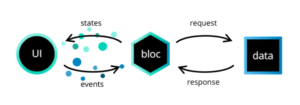
The Essence of BLoC
The core component of BLoC is streams. These are pathways that carry the data from events and states. BLoC acts as an intermediator, processes this information and updates the state. Separate streams are used for events (user actions like button clicks) and states (what the app should display based on those actions), making everything clean and predictable. Flutter BLoC package takes care of the heavy lifting so that you can focus on writing meaningful code.
My Experience with BLoC
The first time I implemented BLoC, I made a lot of mistakes. For instance, I tried to handle too many responsibilities within a single BLoC, which made it hard to manage. Over time, I realized the importance of keeping each BLoC focused on a single feature or module. This not only simplified the code but also made it easier to test and reuse.
Another lesson was the power of testing. With BLoC, I could write unit tests for my business logic without involving the UI. This saved me hours of debugging and gave me confidence in my code.
Common Misconceptions
One of the biggest misconceptions I had about BLoC was that it’s complicated. The truth is, it only feels that way until you try it. I leant that by start small, example building a BLoC for a single feature, like managing a counter or fetching data from an API you can really understand that it’s not all that difficult. As you get comfortable, you can scale up and handle more complex scenarios.
Another myth is that BLoC is too much for small projects. While it’s true that there are simpler state management options that might work for small apps, starting with BLoC can help you build good practice and prepare for larger projects in the future.
Final Thoughts
BLoC isn’t just a pattern! It’s a mindset. With BLoC you will start thinking about an app’s architecture in a more structured way. You can easily separate and analyze what the app does (business logic) from how it looks (UI). Whether it’s for a complicated online shopping app or for a simple calendar app, BLoC will help you write cleaner code that is easier to maintain. Once you start using BLoC then there is no turning back. Start with small, experiment and you will start wondering how you ever built an app without it.






